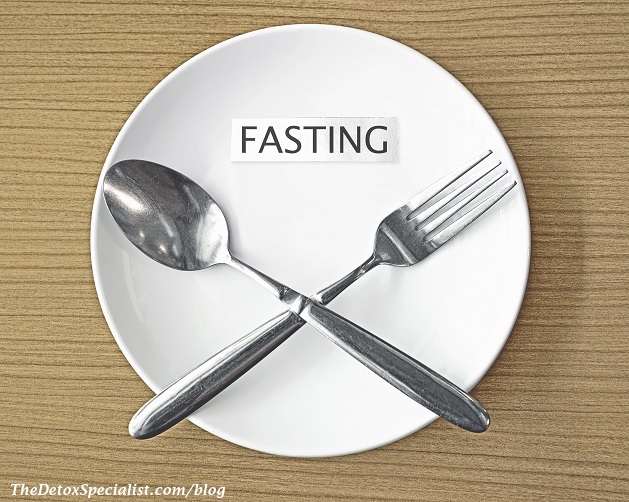For years together, Hindus have religiously observed the Ekadashi Vrat. The reasons behind this are multitude. Some observe the fast for spiritual reasons and others do so for health reasons.
Fasting every fourteen days really works wonders on our health! Not just our physical health, but our emotional and spiritual health also undergo a significant improvement.
But, do you know the significance of the Ekadashi Vrat?
Do you also know that science has proved that regular fasting is beneficial to our health?
Let us try and understand the meaning and the importance of the Ekadashi Vrat.
WHAT IS THE EKADASHI VRAT?
Ekadashi means the 11th day of the moon cycle, from the full moon as well as from the new moon. On this day, the moon is either closest to the Earth or the farthest.
It is considered auspicious by Hindus to fast on this day.
DOES SCIENCE ENDORSE THE VRAT?
The moon’s gravitational pull affects water bodies on Earth. The human body is also under the influence of the moon as our body consists of 80% water.
According to studies, the moon has a greater influence over our body from the eleventh day after the full moon up until the new moon. The change in gravitational pull can disturb our digestive system, which affects the brain’s functioning, weakens the memory, and affects the mind.
A lot of practitioners who observe the Ekadashi Vrat claim that it not only helps clean up our digestive system, but also brings about a sense of calm. With our lives being so full of stress and tension, observing the Ekadashi fast seems a logical means of finding that sense of calm, isn’t it?
HOW EKADASHI VRAT AFFECTS OUR HEALTH
Our body requires food as fuel to help us function through the day. However, if you may have noticed, on certain days, we don’t feel the need to eat as often as we do every day. This is part of a natural process by which our body cleans itself.
The Ekadashi fast gives us this chance to cleanse ourselves from within once every fourteen days.
A full stomach makes us lethargic and sleepy. That doesn’t mean that we starve ourselves every day! Eating at regular intervals is a necessity. But, for purifying our body, we need to give our digestive system a day of rest. And, that is what we do when we observe the Ekadashi Vrat.
(Not sure if you need to clean your body? You can try this 2 minute quiz to get a better idea of your gut health in comparison to others)
HOW TO OBSERVE THE EKADASHI VRAT?
The Ekadashi fast is observed from the sunrise of the day of Ekadashi to the sunrise of the following day, when the fast is broken by having fruits and milk.
It is common practice to eat dinner by sunset, so the fast is effectively a 36 hour affair (versus the 16-18 hour schedule of intermittent fasting).
Devotees narrate the Ekadashi Vrat Katha, chanting the Vishnu mantra and the Hare Krishna maha mantra.
‘Vaikuntha Ekadashi’ is celebrated as a festival in the temples of Lord Vishnu in South India. Fasting on this day is considered equal to fasting for all the twenty three Ekadashis of the year.
‘Nirjala Ekadashi’ is an absolute fast, where you don’t even consume water. It is about controlling your desires more than cleansing of the system.
The next method is by drinking only water, as opposed to Nirjala Ekadashi.
Those who are new to the concept can begin with consuming fruits, milk, vegetables (except onion and garlic), root vegetables and nuts.
Non vegetarian food, rice, pulses and legumes are to be left out. It is also important to leave out fibre supplements like Isabgol during the fast as they tend to retain water.
The Ekadashi 2020 list is available online. You can download it or set reminders on Google calendar so that you don’t miss the date.
CONCLUSION
Fasting is considered good for health. Fasting on Ekadashi may be even more beneficial. It not only purifies your body from within, but also helps you attain peace of mind. It is a brilliant way to ensure better health for the rest of your life
All you need to do is exercise control over your senses twice a month.
Do check out the Ekadashi 2020 list for information about the Ekadashi Vrat




